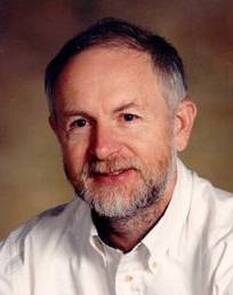 Photo of Bob Carroll from his 2003 festschrift, original from his wife, Anna Di Turi. Photo of Bob Carroll from his 2003 festschrift, original from his wife, Anna Di Turi.
I never got the chance to meet Bob Carroll, a giant in vertebrate paleontology and arguably the most influential and foundational Canadian paleontologist. Bob was best known among the broader paleo community for his landmark textbook "Vertebrate Paleontology and Evolution", which was first published in 1987 as a follow up to Romer's seminal 1966 text and which was used by perhaps tens of thousands of students in paleontology courses around the world. He was a prolific publisher on early tetrapods, including temnospondyls, 'microsaurs,' and other Paleozoic tetrapods from North America and Europe, and much of his work laid the foundations for ongoing work in the 21st century. By the time I moved to Canada for my PhD, Bob's health was in decline for a number of years, and last week, he unfortunately passed away due to COVID-related complications, the latest revered member of our community to pass within the past few months (John Bolt, Jenny Clack). I wanted to dedicate this week's blog post to his legacy with a specific focus on many of the groups that he worked on that I find myself working on these days (at varying degrees of enthusiasm) .
My indirect ties to Bob are two-fold: (1) he was the PhD supervisor of my own advisor, Robert Reisz (as well as that of more or less all of the famous living Canadian paleontologists); and (2) he was one of the preeminent workers of both dissorophids and 'microsaurs' at a time when both really surged in notoriety for their proposed relationships to modern amphibians. I've read dozens of Bob's papers over the course of my dissertation and draw considerably on them for much of my research, so Many people who knew Bob personally have written beautifully about it (Twitter tributes collated here), including in the 2003 festschrift for him, and I won't try to re-summarize them here. Those with access to the Canadian Journal of Earth Sciences can find a brief summary of Bob's life from the festschrift here, otherwise there is conveniently a publicly accessible archived version of the same PDF here. The link for the entire festschrift with regular journal articles (subscription-only) is here.
The dissorophoid revolution
Prior to the mid-20th century, dissorophoids were "just another temnospondyl group," so to speak. Various representatives had long been known from different parts of the world, ranging from the terrestrial Acheloma/Trematops, Cacops, and Dissorophus from the Texas red beds of North America to aquatic branchiosaurids and micromelerpetids with remarkable quality and detail of preservation from former lakes of western Europe. However, their relationship to modern amphibians could not have been more understated. Virtually all aspects of the origin of modern amphibians, including how closely related the three clades (anurans, caudates, gymnophionans) truly were and the extinct group to which they were most closely allied remained hotly debated and without much consensus (Parsons & Williams, 1963 is a good historical review). While temnospondyls were long recognized as a possible ancestor, there were (are) many other groups generically termed 'amphibians,' and among the temnospondyls, there was no clear consensus as to which clade might hold the key to the flourishing of the modern lineages. As remains largely true now, the record of crown lissamphibians remains very patchy, and the timing of their origin remains largely unconstrained such that back in the 1950s, basically any temnospondyl known to humanity could have been fair game. For reference, the oldest frog, Czatkobatrachus is from the Early Triassic and was named in 1998, and the oldest caecilian, Eocaecilia is from the early Jurassic, by which point almost all temnospondyls were extinct, and was named in 1993.
Miscellaneous amphibian stuff
'Microsaurs' and friends
Suffice it to say that Bob Carroll was an absolute legend and perhaps the single person most responsible for what is now a flourishing Canadian paleontological community with its own professional society (with a prize for best student talk named after Bob). His influence will be clearly felt for generations to come and his mark on the history of our discipline eternal.
I'll be back next week for regular temno content and will make an earnest effort to keep it going weekly throughout this pandemic for the immediate future. Note that what is an extremely lengthy ref list for this week's blog is below.
|
About the blogA blog on all things temnospondyl written by someone who spends too much time thinking about them. Covers all aspects of temnospondyl paleobiology and ongoing research (not just mine). Categories
All
Archives
January 2024
|
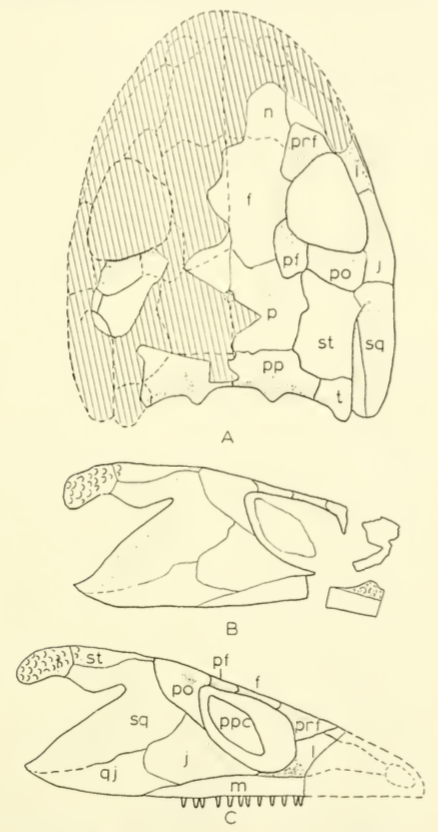
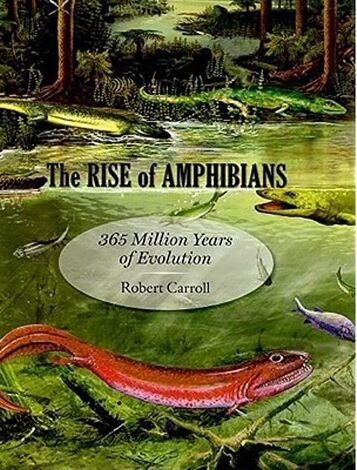
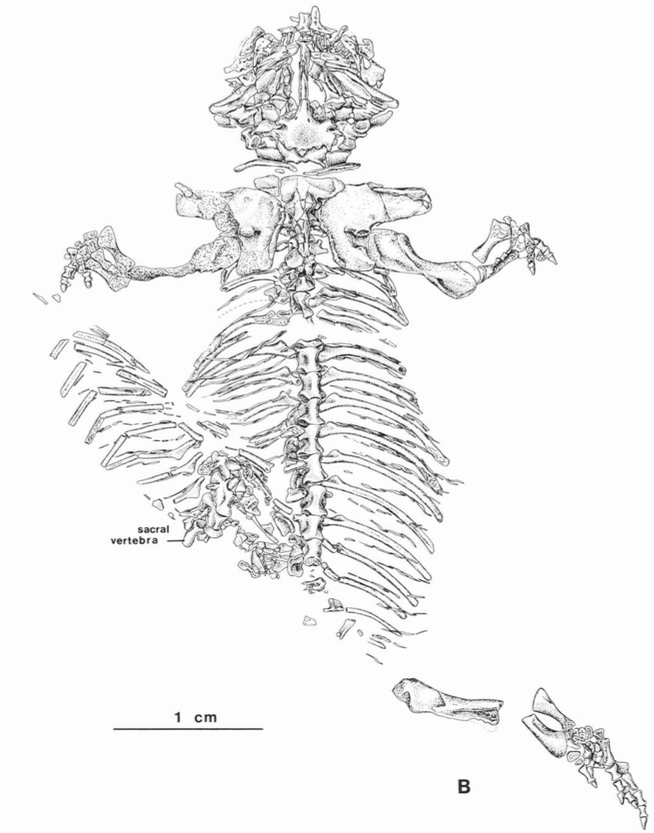
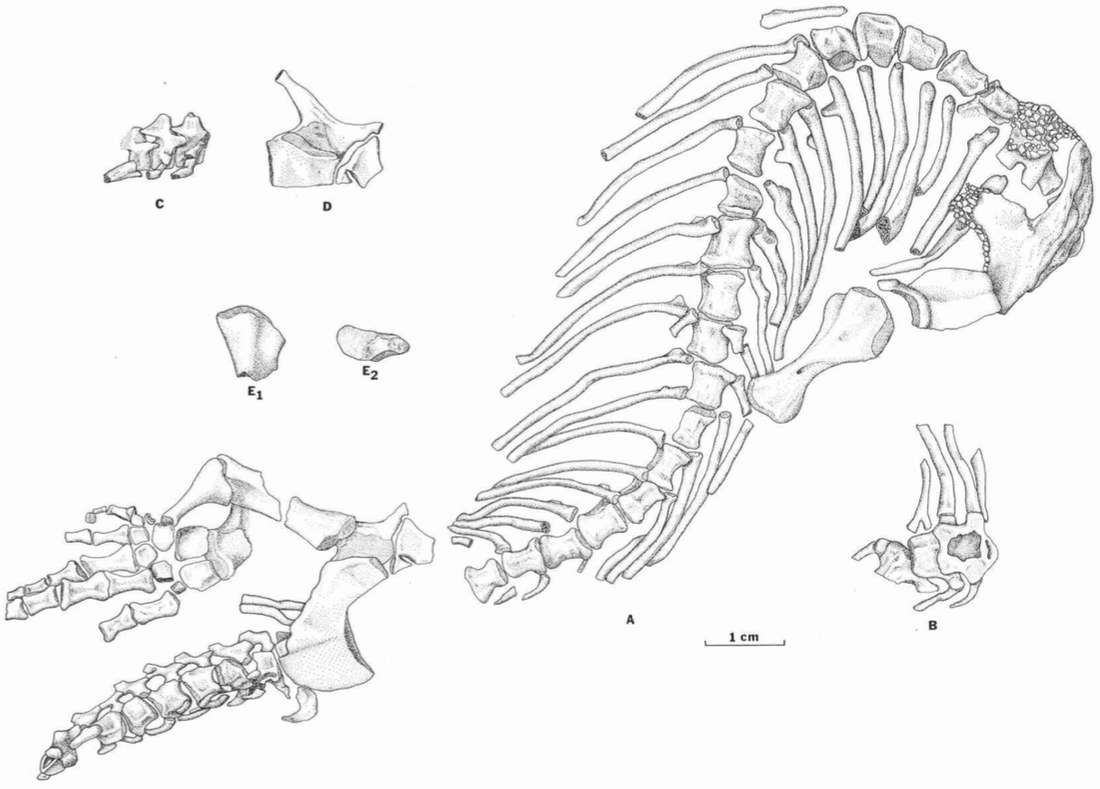
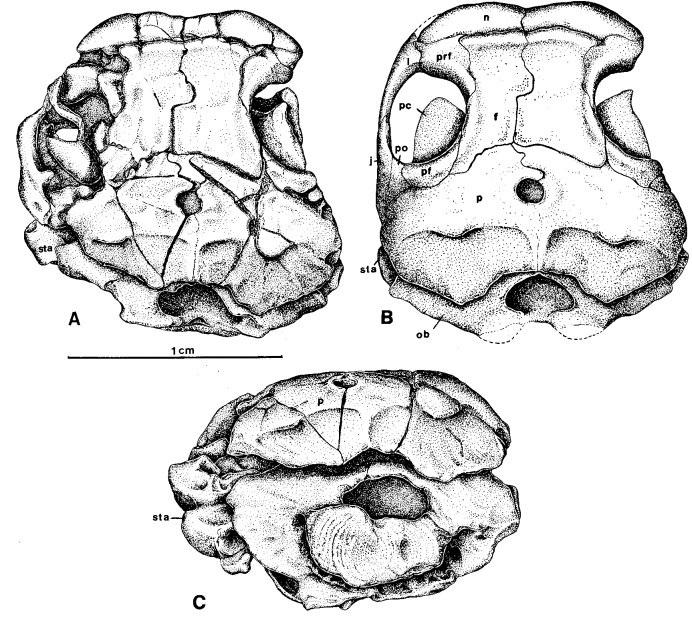
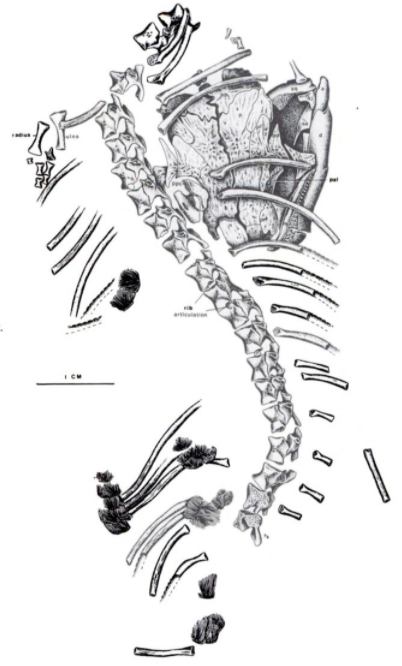
 RSS Feed
RSS Feed
